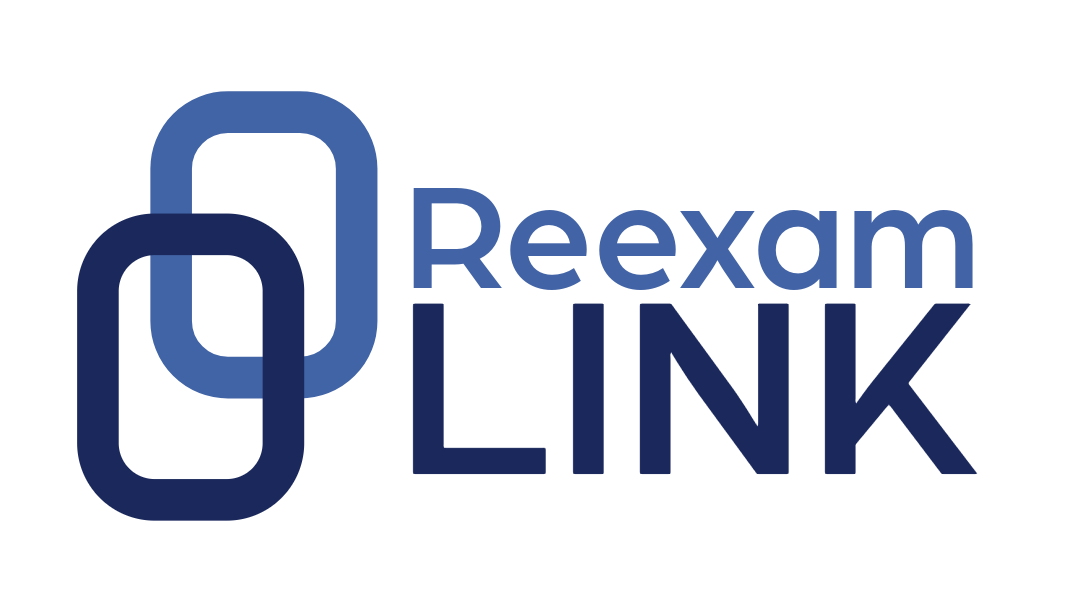Sep. 30, 2014
In at least two decisions last week, the Patent Trial and Appeal Board (PTAB or Board) interpreted the IPR joinder provision, 35 U.S.C. § 315(c), to preclude a joinder request by an existing party to the proceeding. The Board had allowed this practice in the past, for example, when a party timely filed its request for joinder with a petition that asserted new grounds of challenging one or more claims of the patent under IPR. In these most recent decisions, the Board seems to have decided that § 315(c) requires “party joinder.”
In two IPRs styled Target Corp. v. Destination Maternity Corp. (IPR2014-00508 and -00509) the Board provided its rationale for why subsequent IPR petitions by Target could not be joined to the instituted IPR proceedings (IPR2013-00531 and -00533, respectively). The Decision Denying Motion for Joinder for the -00508 IPR provides this reason (which is referenced by the parallel Decision Denying Motion for Joinder in the -00509 IPR):
The statute does not refer to the joining of a petition. Rather, it refers to the joining of a petitioner (i.e., “any person who properly files a petition . . .”). Id. Further, it refers to the joining of that petitioner “as a party to [the instituted] inter partes review.” Id. Because Target is already a party to the proceeding in IPR2013-00531, Target cannot be joined to IPR2013-00531.
The -00508 IPR Decision included a dissent which summarized prior cases allowing such joinder:
The majority opinion chooses not to address the issues as presented by the parties. Instead, the majority bases its decision to deny the motion entirely on a construction of 35 U.S.C. § 315(c), concluding that the statute enabling joinder does not apply here because it allows only joinder of parties, not joinder of issues. According to the majority, the language in § 315(c) addresses only joinder of a “party” to a proceeding, and does not permit joinder in the situation present in this case, where Petitioner seeks the “joinder” of additional grounds by the same party. The majority opinion acknowledges, however, the Board has consistently allowed joinder of additional grounds by the same party See, e.g., Ariosa Diagnostics v. Isis Innovation Ltd., Case IPR2012-00022 (PTAB Sept. 2, 2014) (Paper 66)(“Ariosa”); Samsung Elecs. Co. v. Virginia Innovation Scis., Inc., Case IPR2014-00557, (PTAB June 13, 2014) (Paper 10); Microsoft Corp. v. Proxyconn, Inc., Case IPR2013-00109 (PTAB Feb. 25, 2013) (Paper 15); ABB Inc. v. Roy-G-Biv Corp.,Case IPR2013-00282 (PTAB Aug. 9, 2013) (Paper 15).
As the majority opinion observes, the Board in Ariosa concluded that the language in § 315(c) that allows joinder of “any person who properly joins a petition under section 311” should be construed as not prohibiting the joinder of inter partes review proceedings involving the same party. Here, however, the majority opinion concludes that “the relief described in § 315(c) is something an existing party already has, namely, party status in the instituted inter partes review.” The majority opinion states further in a footnote that
solely focusing upon “any person” does not give full effect to the other words in the statute that limit who “any person” may be. Other language in § 315(c) excludes from “any person” at least two persons from among those who may be joined to a proceeding. More specifically, the phrase “who properly files a petition under section 311” excludes the patent owner, and “as a party,” excludes persons who are already a party.
We note initially that as this issue of statutory construction was not addressed, and thus not briefed, by the parties, the majority should not have denied joinder solely on statutory construction grounds. Apart from and independent of this failure to address the issues presented by the parties, however, we disagree with the majority’s construction of § 315(c), for the reasons discussed below.
Joinder is of particular importance to PTAB practitioners because the AIA imposes strict rules on the timing and content of IPR petition filings to challenge patentability. It is especially important in IPRs, because a petitioner is barred from filing another petition over a year after service of a complaint alleging infringement under 35 U.S.C. § 315(b). Before the decisions of the past week, a petitioner had one more chance to argue a different ground of challenge in an IPR using § 315(c) joinder. Although not guaranteed, on occasion the Board had allowed joinder of a later-filed petition by the same petitioner to an instituted proceeding when the later-filed petition met certain conditions of timeliness and where the later-filed petition will not pose an undue delay or burden on the existing proceeding. This afforded the petitioner one more opportunity to “tune” challenges when the Board granted partial institution of the claims challenged in the instituted IPR after the one-year bar. It also afforded the petitioner another chance to challenge claims newly added in a parallel litigation after the one-year IPR bar. Essentially, the former practice gave the petitioner one more opportunity to consolidate challenges in one proceeding.
If the Board follows the recent decisions precluding joinder requests by a party to the proceeding, petitioners will have to be more diligent to challenge every claim that could be possibly asserted in the parallel litigation. Petitioners will have to continue to be thorough in exploring the best prior art challenges in the original petition and to assert robust grounds of unpatentability that will withstand the Board’s institution decision. Accordingly, time will tell if last week’s ruling will be the rule for joinder and whether it will result in more IPR petitions to meet these challenges. After all, in post-grant practice, that which you do not successfully challenge is likely to be harder to challenge later.

Leave a Reply